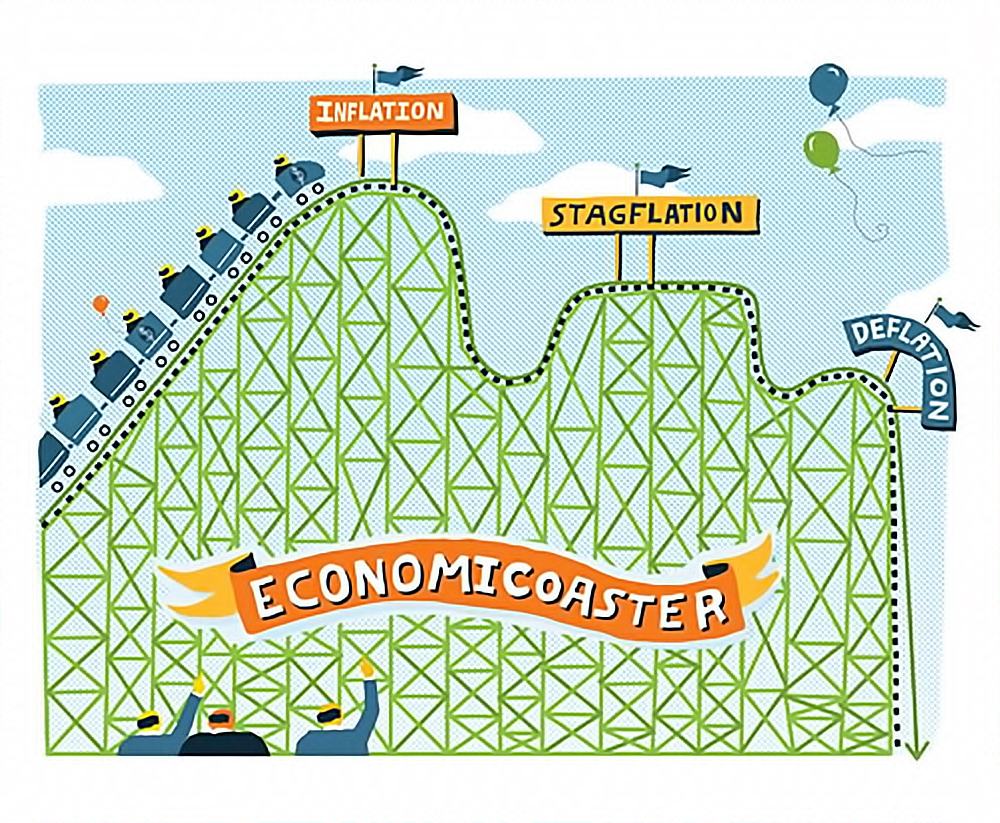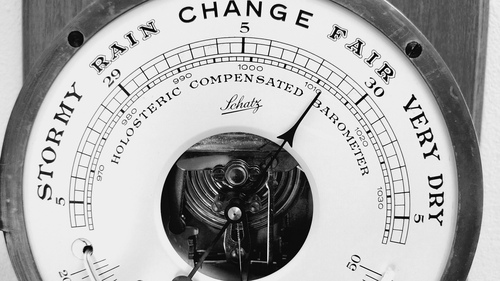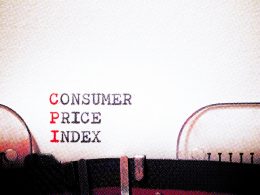by Gershon Distenfeld and Sherif Hamid, AllianceBernstein
Few high-yield investors have weathered the recent plunge in energy prices without experiencing at least a few bumps and bruises. But those who relied on broad market exchange-traded funds (ETFs) to gain market exposure are nursing the most serious wounds. Coincidence? We don’t think so.
There’s no doubt that ETFs are a convenient way to invest in the high-yield bond market. Unlike mutual funds, which are priced just once a day, ETFs trade on exchanges and can be bought or sold at any time.
So why has the oil price decline been so hard on high-yield ETFs? To answer that, let’s take a closer look at how they work.
Size Isn’t Everything
High-yield ETFs are built to track an index, so their asset allocation must mirror that of the index. In high yield, that means hefty exposure to the energy sector.
Why? Because energy companies have been on a borrowing binge in recent years, with technological advances and the discovery of shale gas in the US and Canada prompting them to ramp up investment. As a result, high-yield energy bonds account for about 15% of the Barclays High Yield Index, more than any other single sector.
And bigger isn’t always better. When energy prices began falling last year, high-yield ETFs suffered because they owned a large share of energy company debt. Active managers, because they weren’t tethered to the index, could have reacted by reducing their energy exposure. The only way for ETF investors to stop the bleeding was to sell out altogether.
This isn’t just an issue with energy. As we’ve pointed out before, something similar happened with telecom companies in 2002—though in those days, there were no ETFs. More recently, anyone holding an emerging-market ETF would have been locked into exposure to Argentina and Venezuela—two of Latin America’s weakest economies—and Russia, which has been battered by lower energy prices and economic sanctions linked to its conflict with Ukraine.
Quality, Not Quantity
Furthermore, when it comes to high yield, it’s not only about how much you own. What you own matters, too—especially when volatility is high. For instance, not all energy bonds are alike. Some—notably those issued by companies involved in exploration and production—are more vulnerable to lower oil prices than others.
With careful credit analysis, active managers can isolate the securities likely to do well and avoid those that are most at risk. This goes for all parts of the high-yield market, not just energy. For example, security selection is critical when it comes to CCC-rated junk bonds issued by fragile, highly leveraged companies from all sectors.
ETFs, on the other hand, are required to own the whole index. They can’t pick and choose.
Watch Those Trading Costs
Finally, a word about costs. Passive high-yield ETFs have become popular in part because they provide easy access to the market at low cost. Management fees are generally lower than for actively managed mutual funds—and even some passive ones. But there are trading costs to consider as well, and these can add up fast.
Trading costs usually increase during times of market stress—and not only because investors trade more often. When volatility rises, the gap between the prices buyers are willing to offer and sellers are willing to accept—in market parlance, the bid-ask spread—tends to widen, and the associated costs can eat into returns.
Frequent trading in ETFs can also cause their shares to trade at a premium or discount to the calculated net asset value. So being compelled to buy or sell at an inopportune time can also cost more and hurt returns. And trading tends to pick up during times of stress. Normally, ETFs account for about 15% of trading volume on a share basis. But that hit 23% during last October’s selloff and 34% in 2008, according to Morgan Stanley.
Gaining Flexibility Through an Active Approach
As we’ve seen, high-yield ETFs can’t adjust their allocation by underweighting a particular sector. When things get rough, investors may be forced to sell. Active managers, meanwhile, have more flexibility and can cut costs by engaging in careful credit selection and making fewer trades, especially during volatile periods.
We expect the volatility of the past few months to persist throughout 2015. But for investors who are careful in their credit selection and diversified in their exposures, volatility doesn’t have to spell trouble. While index-replicating high-yield ETFs can be useful for short-term trading, we think a more active approach offers better protection when seas get stormy.
The views expressed herein do not constitute research, investment advice or trade recommendations and do not necessarily represent the views of all AB portfolio-management teams.
Gershon Distenfeld (pictured) is Director of High-Yield Debt and Sherif Hamid is a Portfolio Manager in High Yield, both at AB (NYSE:AB).
Copyright © AllianceBernstein













